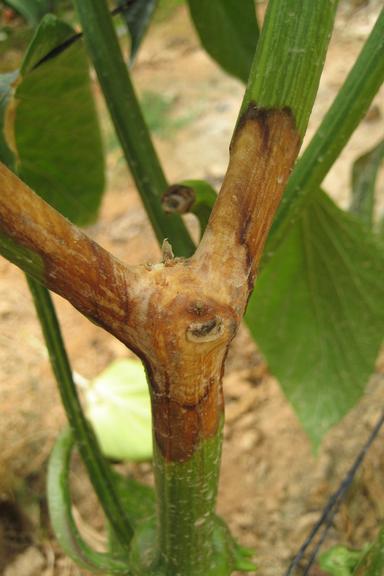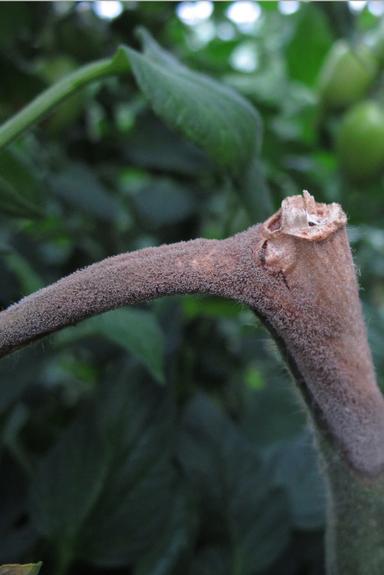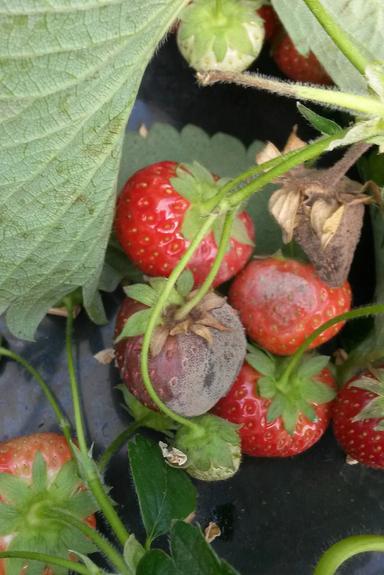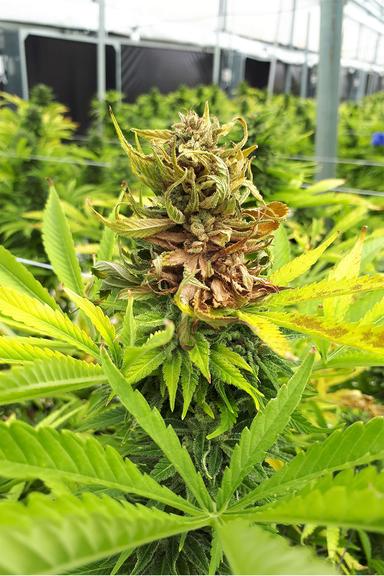
Crop-Scanner
Fast and accurate scouting, personalised IPM advice.
The Crop-Scanner App is ready to increase your scouting efficiency! The Crop-Scanner App is available in Belgium, France, the Netherlands, Morocco, the UK, Canada and the USA. Other countries will follow soon.



